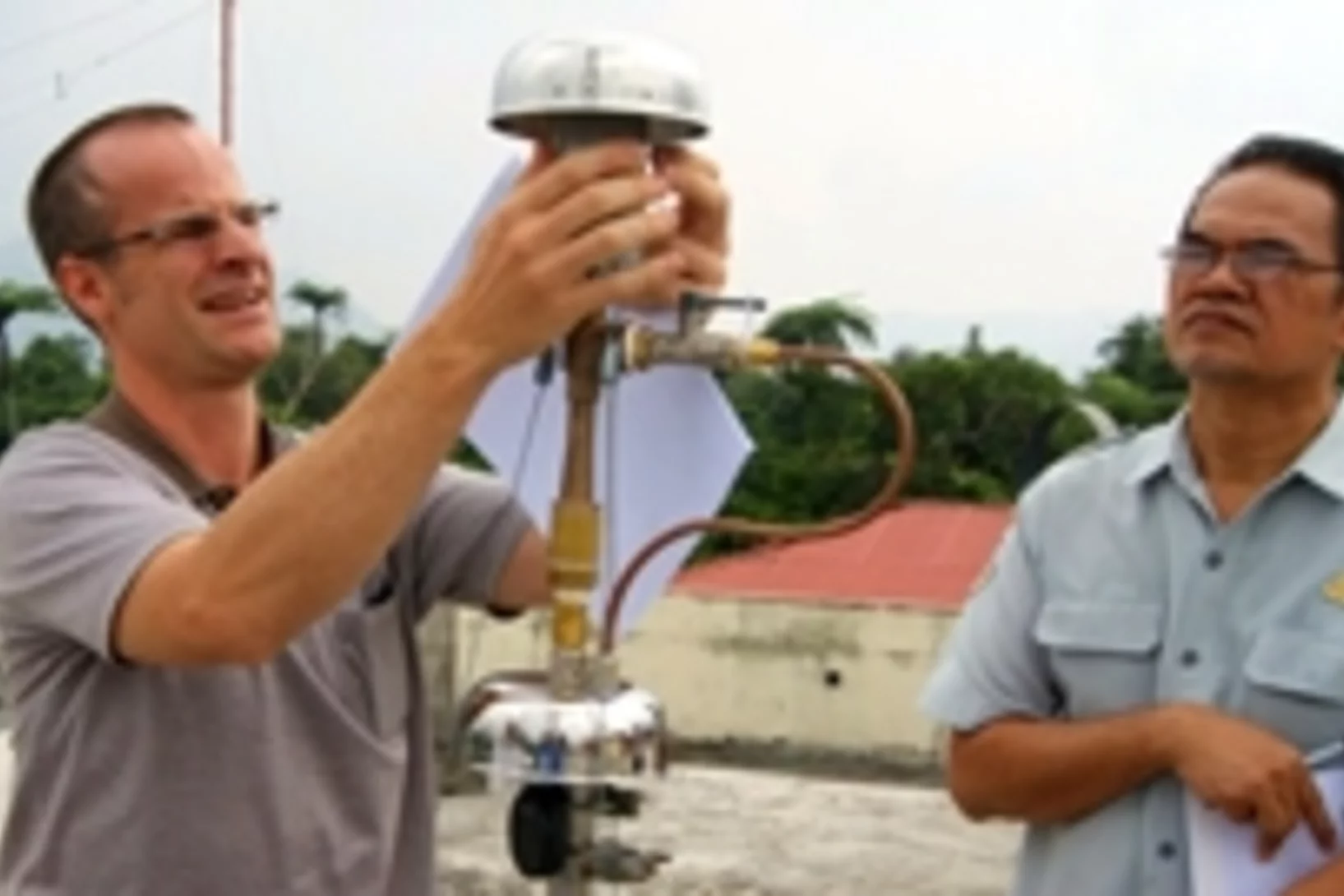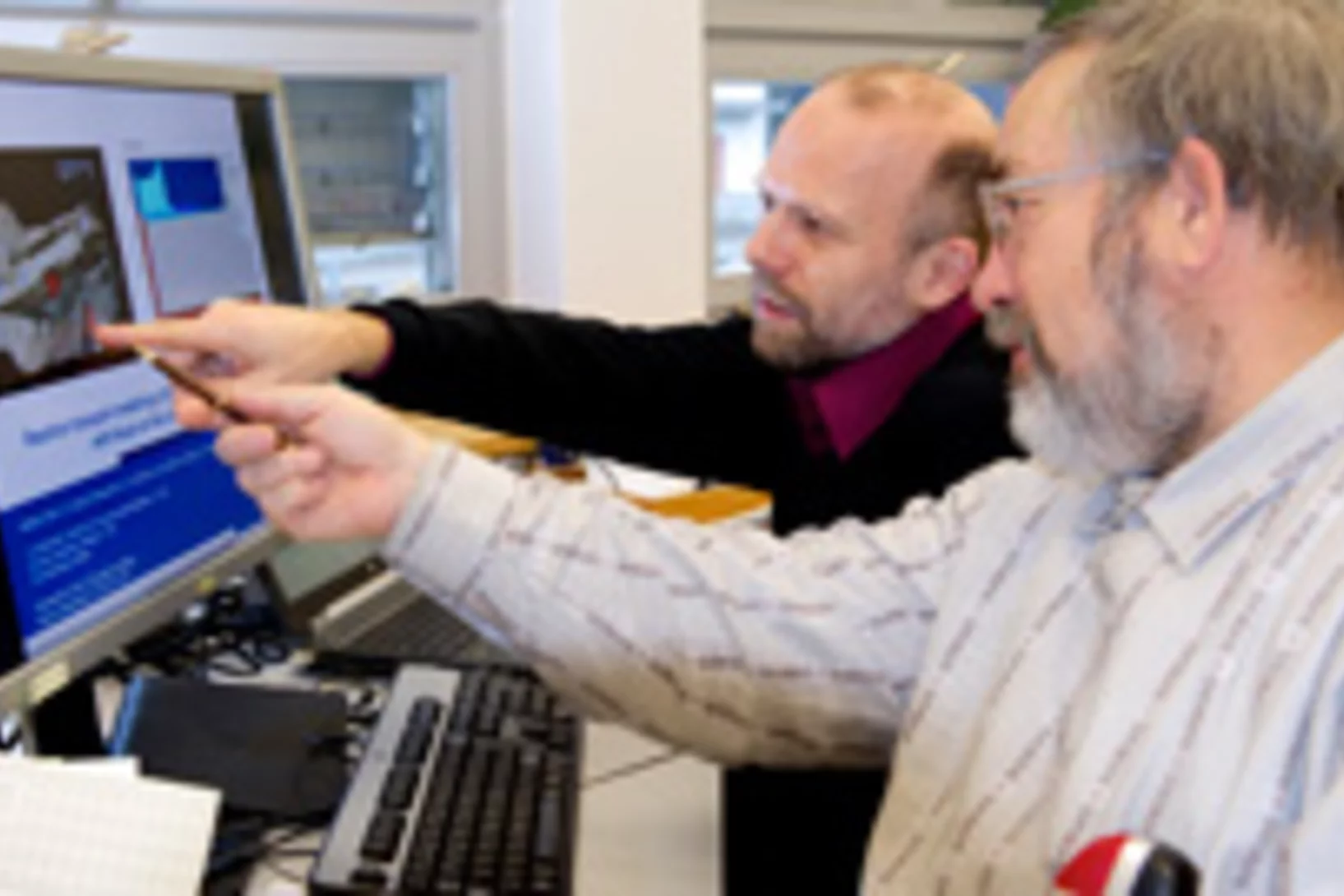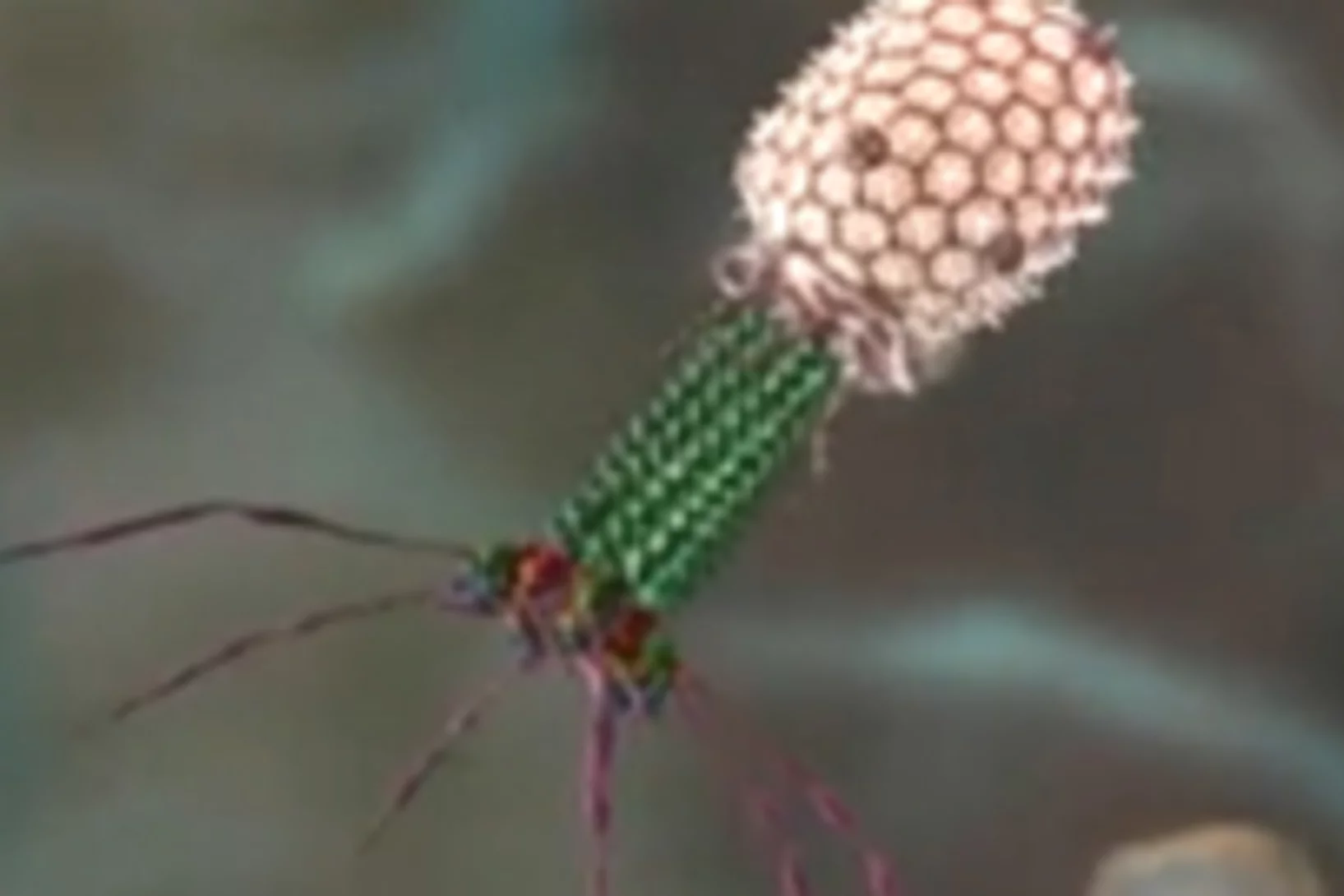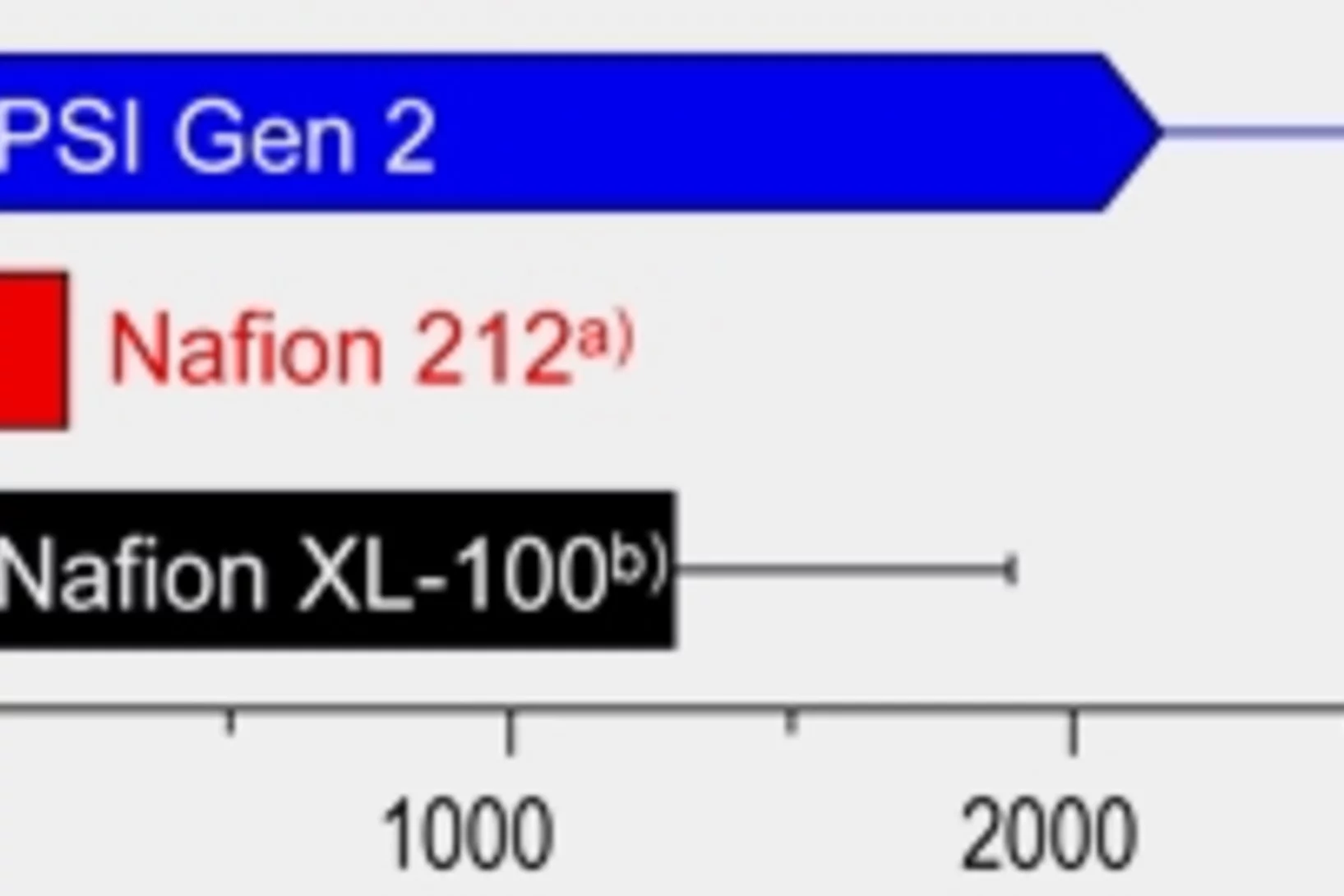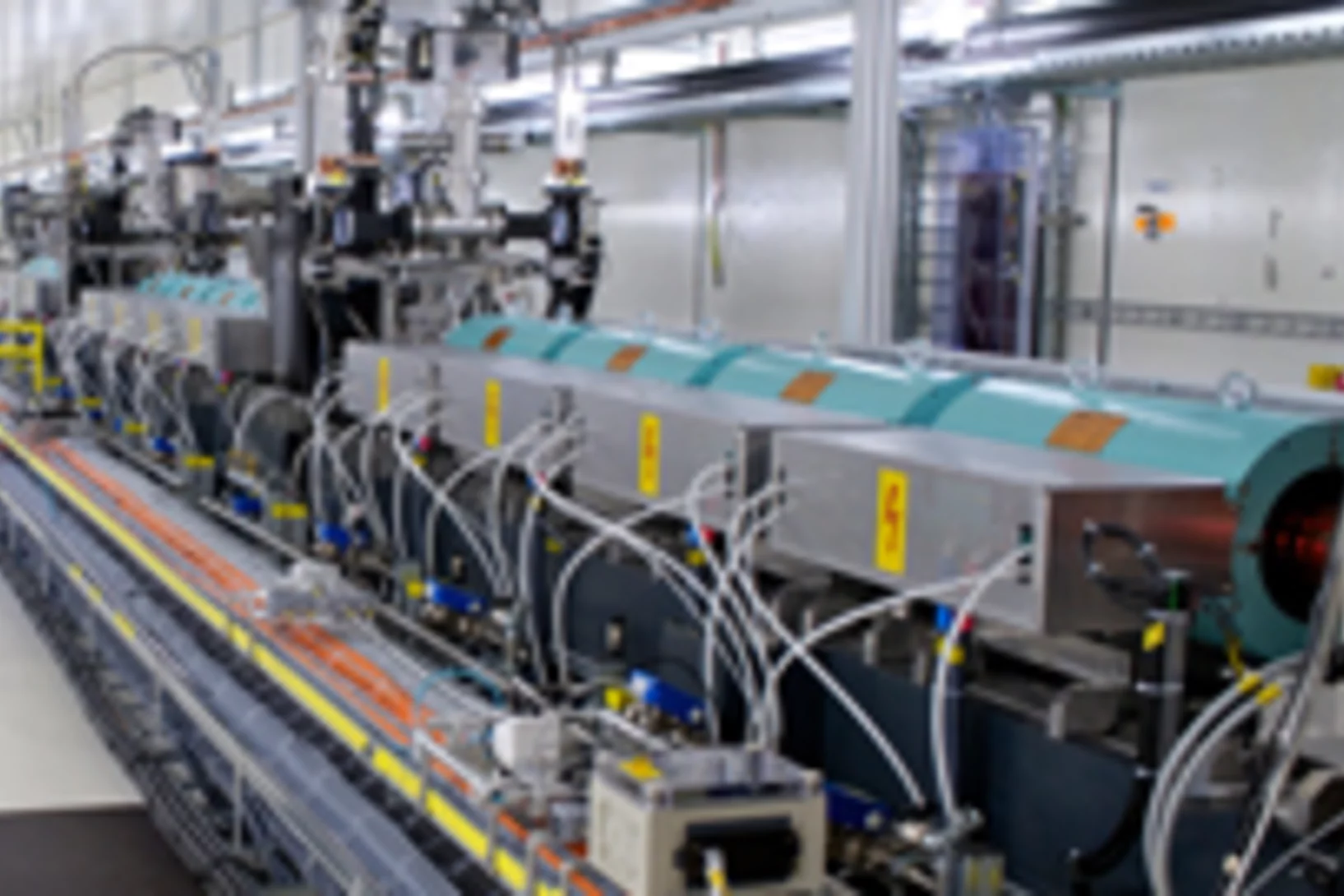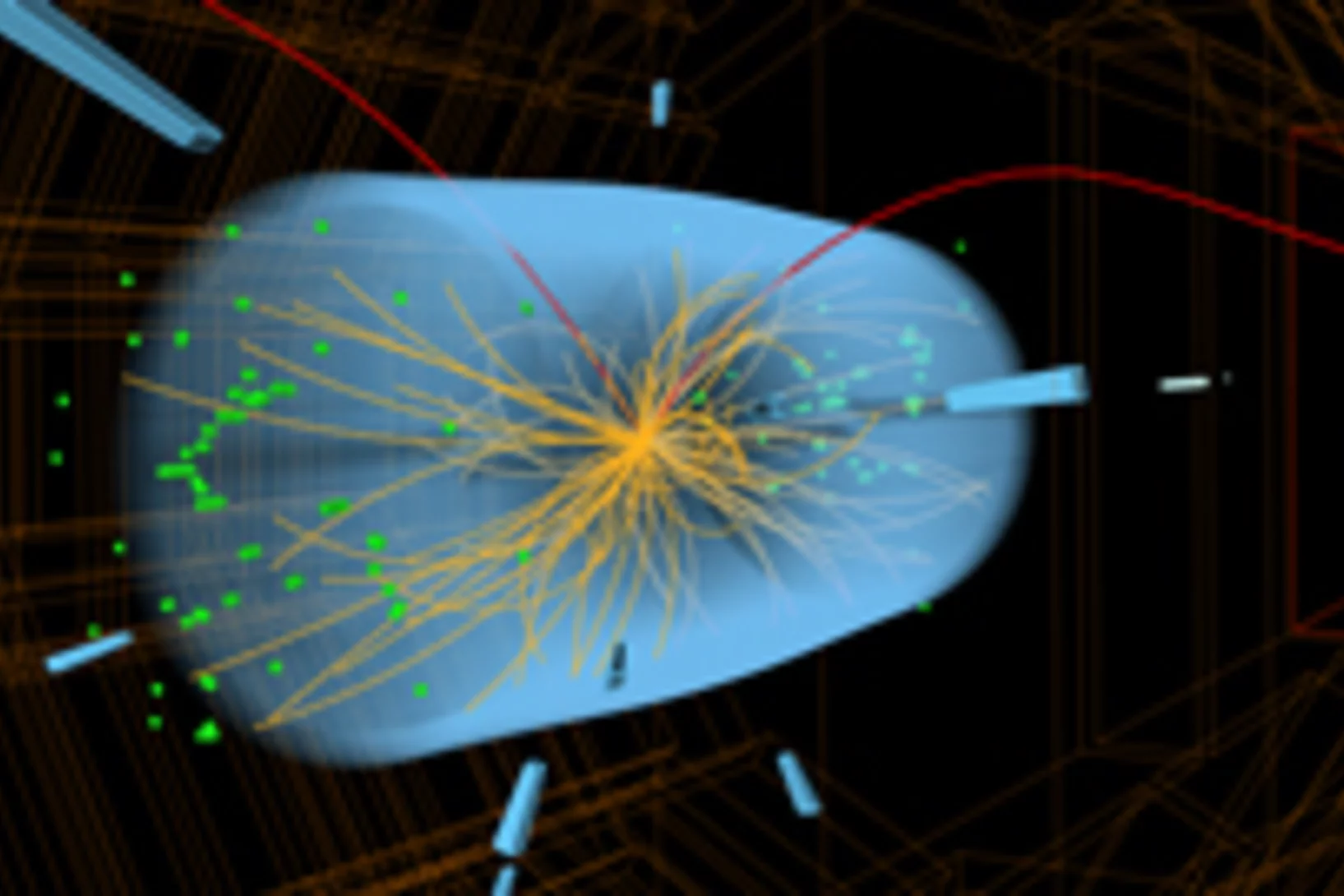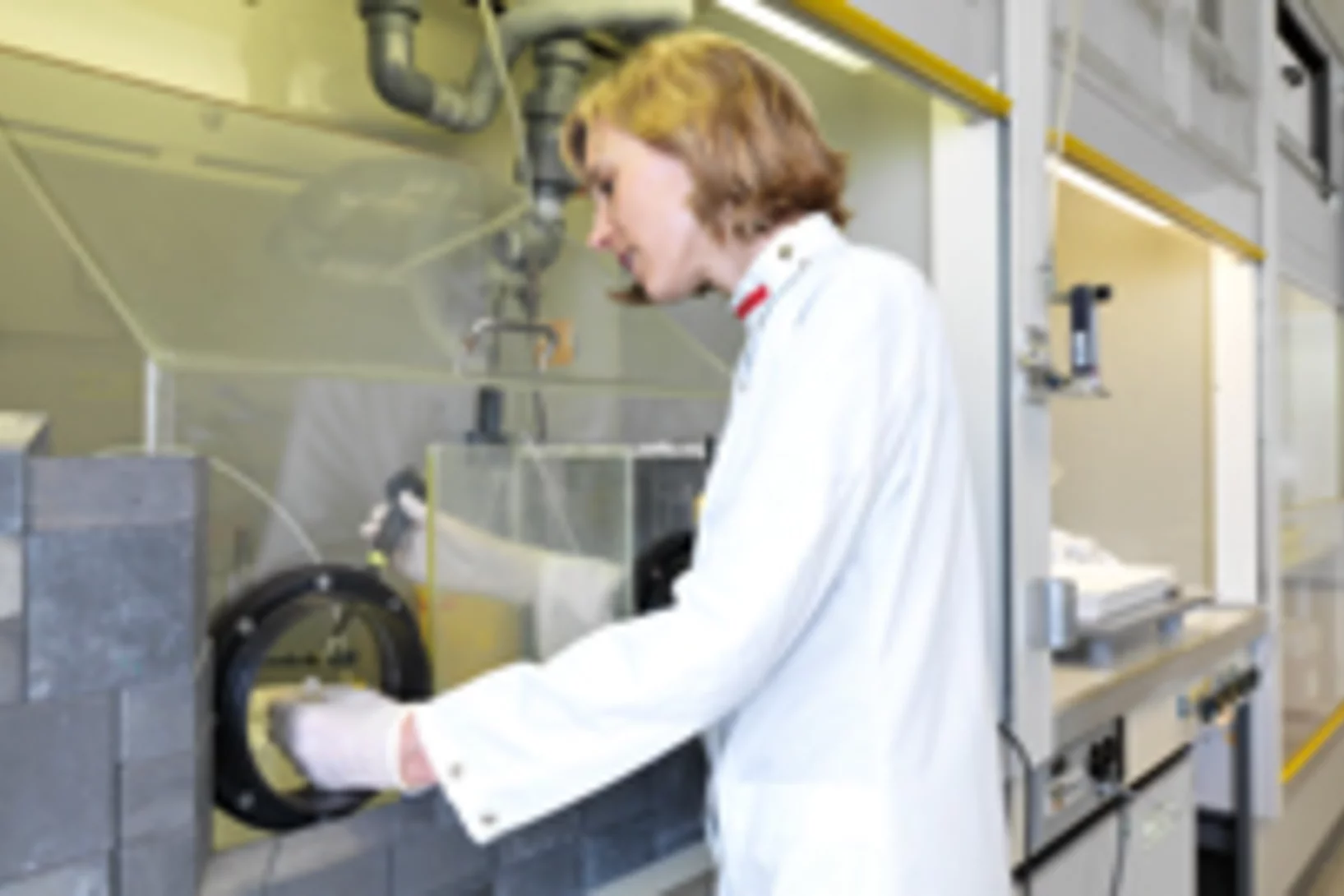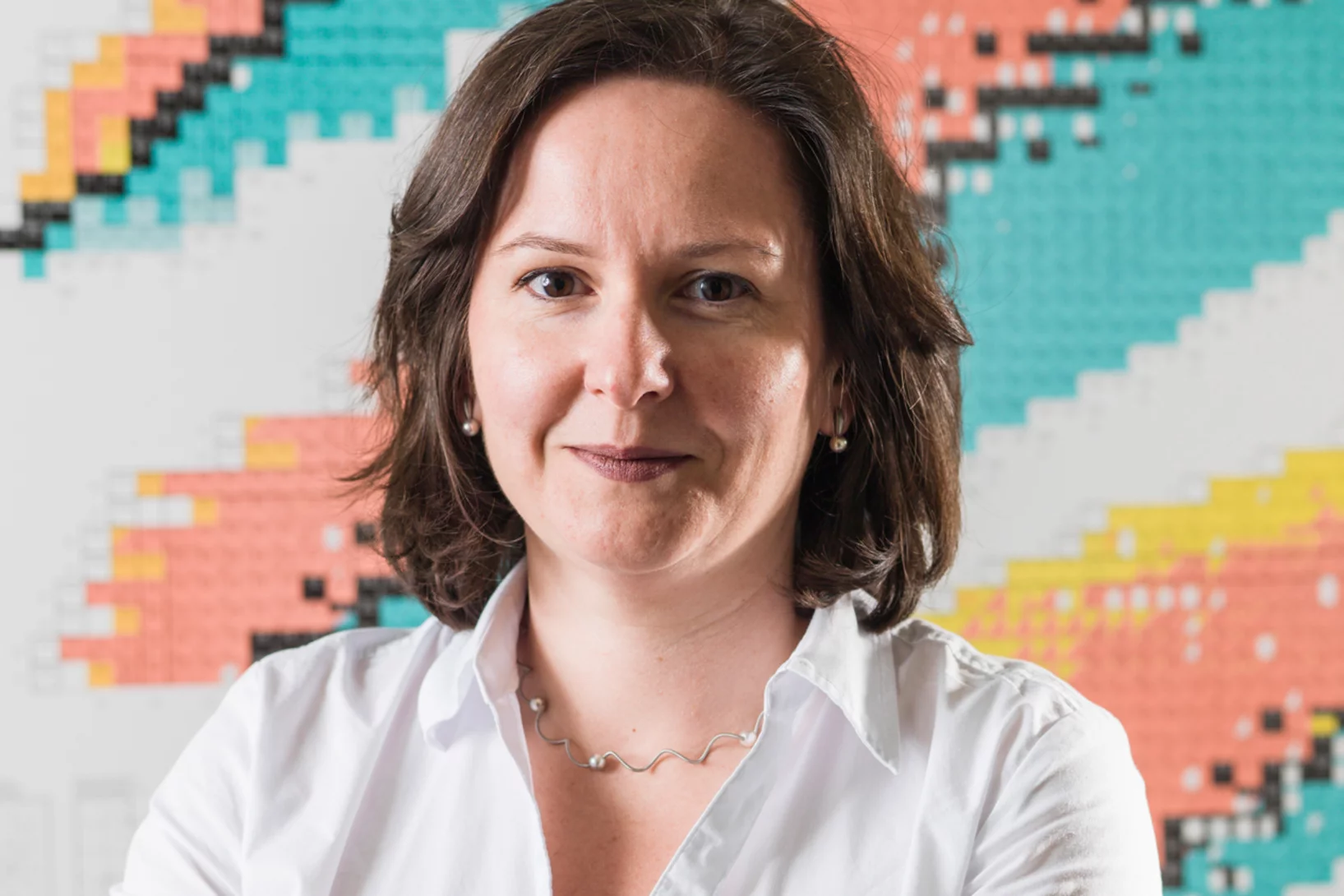PSI Stories
Aerosol measurements: PSI researchers help to close regional gaps around the globe
Aerosols are small particles in the atmosphere. They can influence the global climate by way of direct absorption or scattering of solar radiation, or by acting as nuclei for cloud formation. Efforts by scientists to exactly quantify these effects and then improve climate models are impeded by the lack of a global network of aerosol measurement stations. To remedy this situation, researchers at the Paul Scherrer Institute to facilitate continuous aerosol measurements at sites where the paucity of data is the greatest.
How rock pores in deep repositories close over
Chemical reactions will change the nature of the deep repository and the surrounding rock (clay rock); that much is certain. But to what extent and with what impact on safety? Researchers from the Paul Scherrer Institute are looking to answer this question with the aid of a combination of experiments and computer simulations.
An infection tool with a metallic core
Thanks to the analysis of protein samples at the PSI, Lausanne researchers have managed to demonstrate which instrument bacteria use to transmit diseasesResearchers from ETH Lausanne EPFL have described how a particular strain of bacteria transmits diseases with unprecedented precision. The team of scientists headed by Petr Leiman, an assistant professor at the EPFL’s Laboratory of Structural Biology and Biophysics, demonstrated that the tip of a bacterial infection tool consists of a PAAR protein, which envelops a metal atom and tapers off to a sharp point. The findings are based on measurements carried out at the Swiss Light Source (SLS), one of the three large research facilities at the Paul Scherrer Institute (PSI).
Fuel cell membrane from the Paul Scherrer Institute better than its commercial counterparts
A novel polymer electrolyte membrane from the Paul Scherrer Institute PSI has demonstrated longer durability in a laboratory test than the best commercially available counterparts. The breakthrough was achieved by modifying a reasonably priced plastic film through radiation activation and subsequent attachment of functional constituents via a grafting reaction. The modified polymer is not only durable à it could also reduce the membrane production costs by 50 to 80 percent. The membrane could be used in applications such as hydrogen fuel cells or electrolysers for hydrogen production from water.
Sharper image of a catalyst – warts and all
A catalyst made of the noble metal ruthenium supported on a carbon substrate is frequently used industrially. A prime example is the synthesis of ammonia, which, among other things, is involved in the production of nitrogenous fertilisers. Many research groups all over the world are looking to optimise this type of catalyst as it would increase the efficiency of one of the economically most important industrial processes. However, our understanding of how the catalytically active centres in the catalyst develop has been somewhat patchy thus far. Researchers from the Paul Scherrer Institute PSI can now unveil some fresh insights.
The SwissFEL facility: laser light from avalanche-like amplification
SwissFEL will create X-ray light with laser-like characteristics. The strong amplification of the light needed is produced by a process known as micro-bunching à electron packets break up in the undulator into thin layers which emit light in phase. At the same time, another process called seeding is being studied, in which one will be able to establish the properties of the light even more precisely.
Rare particle decays support standard model
Researchers from the Paul Scherrer Institute have observed for the first time the extremely rare decay of the Bs meson into two muons. They have determined its decay frequency with sufficient accuracy using data collected by the CMS detector at CERN. Their result agrees with the predictions of the standard model of particle physics.
Why lithium-ion-batteries fail
Materials in lithium ion battery electrodes expand and contract during charge and discharge. These volume changes drive particle fracture, which shortens battery lifetime. A group of ETH and PSI scientists have quantified this effect for the first time using high-resolution 3D movies recorded using x-ray tomography at the Swiss Light Source.
Vitamins join fight against cancer
Cristina Müller, from the Center of Radiopharmaceutical Sciences at Paul Scherrer Institute (PSI), is researching a cancer therapy with radioactively labelled folate compounds. These enter the tumour cell unimpeded like a Trojan horse which is then killed as a consequence of emitted particle-radiation she explains.
Shaping safety policy
Sabine Mayer has been Head of the Division for Radiation Safety and Security (ASI) since the beginning of the year. Hence, she is responsible for security at the Paul Scherrer Institute (PSI), from its in-house fire brigade over occupational health and safety to radiological monitoring. Nonetheless, the importance of the Division extends far beyond PSI: the Swiss authorities have confidence in its pool of experts and she, therefore, plays an active role in shaping safety policy in Switzerland. The interview.

